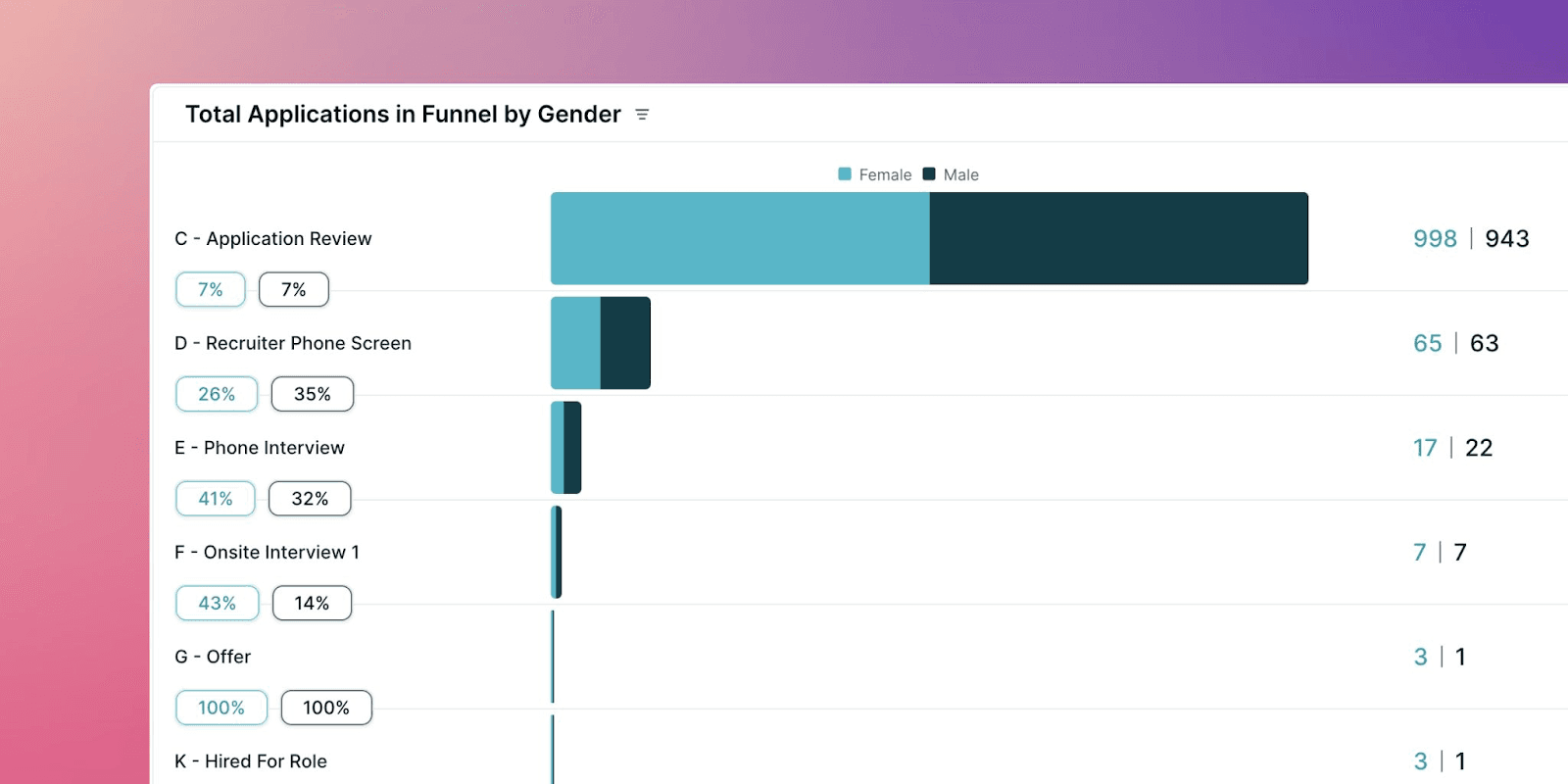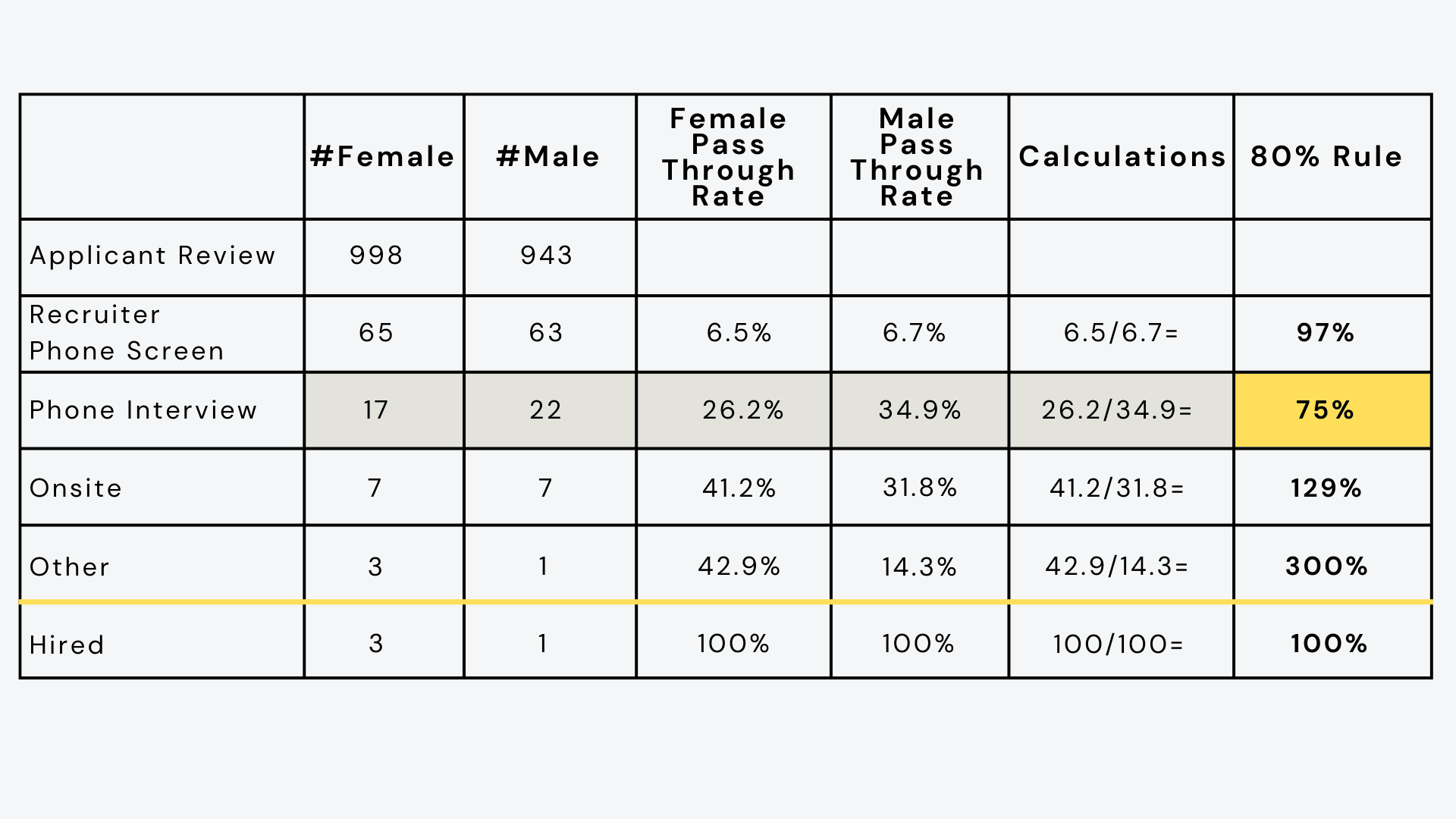Metrics That Matter
December 5, 2023
Headcount
Headcount. Why does it matter so much? While not fancy or sophisticated, it is essential for business planning and provides the baseline for many more strategic, meaningful metrics and holds significant implications for several aspects of organizational strategy and design.
In its simplest form, Headcount is a measure that quantifies the total number of employees at a given point in time. As a traditional finance metric, Headcount plays a critical role in the financial health of the organization including cost control, budgeting and forecasting, resource allocation, and compliance/regulatory reporting. Accurate Headcount tracking is essential for finance departments in order to make informed, strategic decisions for the organization.

At first glance it may seem simple to define “Headcount” as the number of employees working at an organization, however there are a number of nuances to consider when deciding what employees are to be considered in Headcount. These considerations may include: Active vs. in-active, full-time vs. part-time, on leave/garden leave, contractor status, and interns, to name a few. The particulars of a Headcount metric may be unique to your organization, and it is critical for HR and finance to align when defining these requirements to ensure consistent tracking, measurement, and reporting both within and outside the organization.
So why is Headcount so important for HR metrics/reporting?

From a compliance perspective, all employers based in the U.S. with at least 100 employees and federal contractors who have at least 50 employees are required to submit workforce data to the EEOC and the U.S. Department of Labor every year. Compliance-based reporting at its core is transactional and operational focused, and typically not of strategic value to business leaders; more mature HR functions take these isolated Headcount metrics and translate them into more dynamic, integrated metrics that provide business leaders with more strategic insights into their workforce composition and dynamics.
Moving from Isolated to Integrated Headcount Metrics

Beyond delivering an isolated overview of the workforce, Headcount is used to offer insights into organizational growth or change over time, and associated costs. Several metrics that leverage Headcount and can be used by organizations to make more informed decisions are listed below. Most of these metrics can be segmented and analyzed by different factors such as region, department, or function, to enable planning and tracking trends at a more local level.
Growth Rate
Turnover/Cost of Turnover
Compensation/Total Cost of Workforce
Spans and Layers/Staffing Ratios
Workforce Planning/Budgeting/Forecasting/Capacity Planning
Succession Planning
Talent Optimization
Organizational Design
Training Investment/Resource Allocation
Employee Benefits Management
M&A Analysis
Employee Representation/Diversity Measurement
Headcount: Navigating Diversity Measurement from Application to Exit

Headcount plays a critical role in tracking applicant and employee representation throughout the talent lifecycle, and many organizations may link these trends to formal or informal goals around creating a more inclusive and diverse workforce. Three lifecycle events where Headcount tracking is critical, particularly from a representation perspective include: Hiring, Promotion, and Exit.
Hiring

Anyone who has filled out an online job application in recent memory has surely had the option of voluntarily disclosing self-identity data including Gender, Race/Ethnicity, Veteran Status, and Disability Status at the end of the application process. The specific data collected may vary by organization, country, or industry, and abide by all local laws and regulations governing the collection of this data.
Often, this data is represented as simple counts of applicants who identify with a specific identity group as displayed below in the case of Gender, which is an important data point when considering current employee representation and how hiring patterns can impact representation from a volume perspective.
However - from a legal and fairness standpoint, simple counts provide only a partial view of fairness in hiring practices and fail to account for adverse impact, which is a legal concept that companies are held accountable to, and an analysis of pass-through rates is a necessary next step for companies to accurately assess whether there is any measurable inequity in their hiring process.
While pass-through rates focus on the movement of candidates within the hiring process, adverse impact analysis examines the potential discriminatory outcomes or disparities between different demographic groups, specifically anyone who is a member of a protected class, at various stages of the process. Both concepts are important for evaluating diversity and equity in hiring practices.
Pass-through rates are defined as the percentage of candidates from different groups who progress through each stage of the hiring process, and offer insight not only into the movement of candidates through various recruitment stages, but also compliance with the US Equal Employment Opportunity Commission (EEOC) guidelines.
The Four-Fifths Rule (AKA 80% Rule) is a guideline established by the EEOC for determining whether adverse impact exists, and is determined by comparing the pass-through rates from one group to another. If the pass-through rate for any one group is less than 80% of the pass-through rate for another, adverse impact exists.

In the chart above, counts of applicants in the funnel by gender are listed on the right, and pass-through rates at each phase are listed on the left. This data is represented separately in the table below. At first glance, the hiring process appears to be favorable for Female candidates; the hiring rate for both Females and Males is 100%, and Females are hired into the role at a 3:1 ratio to Males.
Upon further investigation at each stage of the hiring process however, we see that adverse impact exists for Females at the Phone Interview Phase. Females have a 26.2% pass-through rate to the Phone Interview stage, whereas Males have a 34.9% pass-through rate: the rate for Females is less than 80% of the rate for Males (26.2/34.9 = 75%), therefore adverse impact exists.
While the final hiring rate is the same for males and females, and a larger number of females were hired that would contribute to increasing female representation, an investigation into potential biases in practices related to the phone interview would be necessary.

Promotions

Headcount is also fundamental to tracking trends in promotion rates for different groups once hired. The same legal and statistical guidelines around adverse impact apply to the promotion process and criteria to assess potential bias or inequity for different groups.
From a representation perspective, differences in promotion rates can be used to inform recruiting/pipeline goals (e.g., we need to bring a higher volume of diverse talent into the pipeline), development and succession planning (e.g., we need to develop more leaders internally to create bench strength), and internal bias or process changes (e.g., we need to change promotion criteria to reduce bias).
Exit

Monitoring exit rates and the related impact on diversity representation can provide valuable insights into the experiences or challenges faced by individuals from different groups in the organization.
Exit rates are a crucial metric for diversity representation tracking because they provide a holistic view of an organization's ability to attract, retain, and advance individuals from underrepresented groups. Watching for trends or patterns in exit rates can help to identify and inform retention challenges and identify areas for follow up:
Are individuals from different groups experiencing challenges or barriers to getting their work done?
Do individuals from different groups have different experiences of inclusivity or opportunities for growth and career advancement?
Are there measurable patterns of manager behavior and effectiveness that are leading indicators of exit patterns for any group?
Does recruiting need to adjust their pipeline or sourcing activity and goals to account for higher exit rates for any one group?
Conclusion

In summary, Headcount is a seemingly simple metric that holds immense importance for organizations. But Headcount goes far beyond mere numbers; it is a gateway to understanding an organization's past, present, and future. When used effectively, it becomes a tool for informed decision-making, and can play a pivotal role into building a diverse and inclusive workplace.







